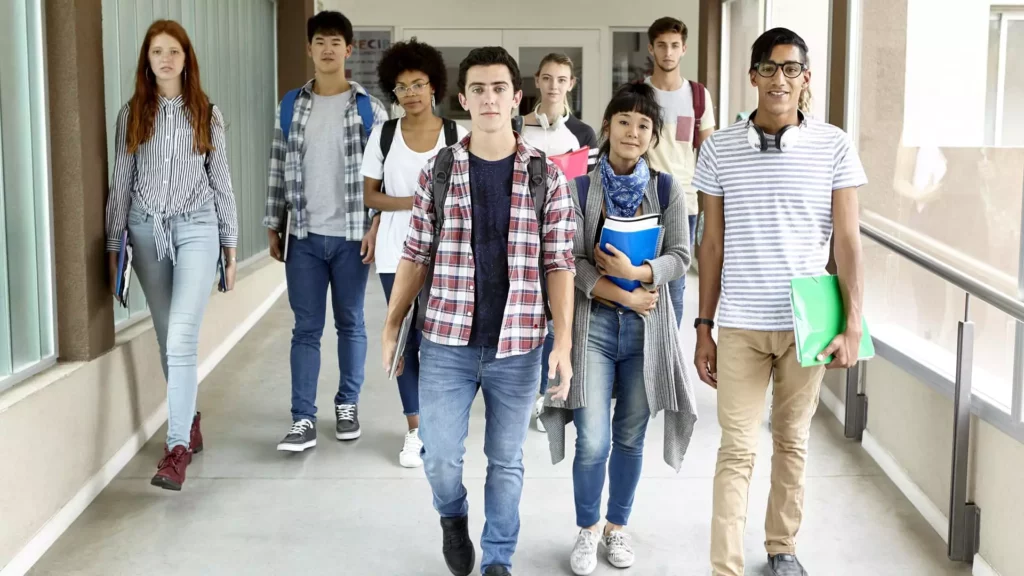![]()
The landscape of higher education is rapidly evolving, facing multiple challenges that are causing a shift in how students approach their academic journey. With rising college costs and soaring student debt, the return on investment of a college degree is getting questioned more than ever. This increased scrutiny may be contributing to a decline in the number of students earning undergraduate degrees. Recent reports indicate that undergraduate degree earners have fallen by nearly 3% in the 2022-23 academic year, marking the steepest decline ever recorded. Additionally, the number of students earning bachelor’s degrees has reached its lowest level in nearly a decade, showing a loss of almost 100,000 graduates in one year.
The shift away from pursuing a four-year degree can be attributed to various factors, including the impact of the Covid-19 pandemic, where many students opted for immediate entry into the workforce or completion of certificate programs. The emphasis on career training and post-college employment is also on the rise among high schoolers, leading them to explore alternative education paths. Vocational programs have seen significant growth as students consider shorter-term certificates as a viable option. The traditional view of a two-year degree as a cost-effective stepping stone to a bachelor’s is no longer as prevalent, with community college students having a lower chance (16%) of ultimately obtaining a bachelor’s degree according to recent reports.
The challenges of accessing financial aid through the Free Application for Federal Student Aid (FAFSA) have further deterred high school seniors from applying for college. The FAFSA is crucial for securing federal aid in the form of loans, work-study, and grants, especially for low-income students who rely on financial assistance to pursue higher education. However, the number of FAFSA applications has seen a significant decrease, with only roughly 7 million applications submitted for the 2024-25 academic year compared to over 17 million in normal circumstances. The barriers to completing the FAFSA may lead to fewer students enrolling in college, particularly those who need financial aid the most.
As state funding for higher education decreases, the burden of college costs is shifting to students and their families. Tuition fees continue to rise, outpacing inflation and income growth, making college education increasingly unaffordable for many. Some institutions now boast annual tuition prices nearing $100,000, further limiting access to higher education for those without the financial means. The escalating costs are prompting students to reconsider the value of a traditional college degree and explore alternative pathways to secure job opportunities.
The changing landscape of higher education is driven by a combination of factors, including rising costs, declining financial aid accessibility, and the shifting attitudes of students towards career training and post-college employment. The traditional model of obtaining a four-year degree is facing challenges as students seek more affordable and accessible options. It is essential for educational institutions and policymakers to address these issues to ensure that higher education remains inclusive and accessible to all students.

Leave a Reply